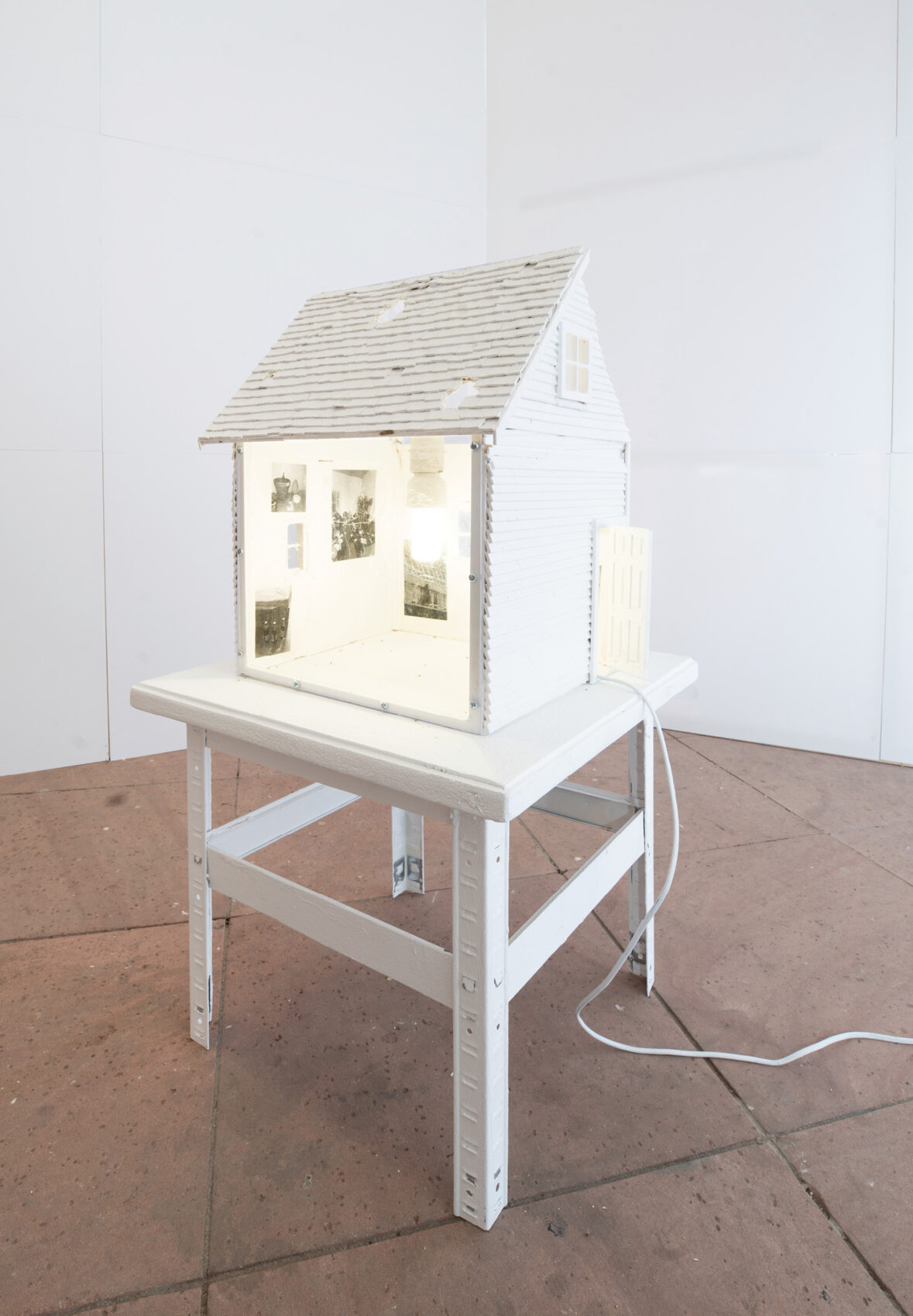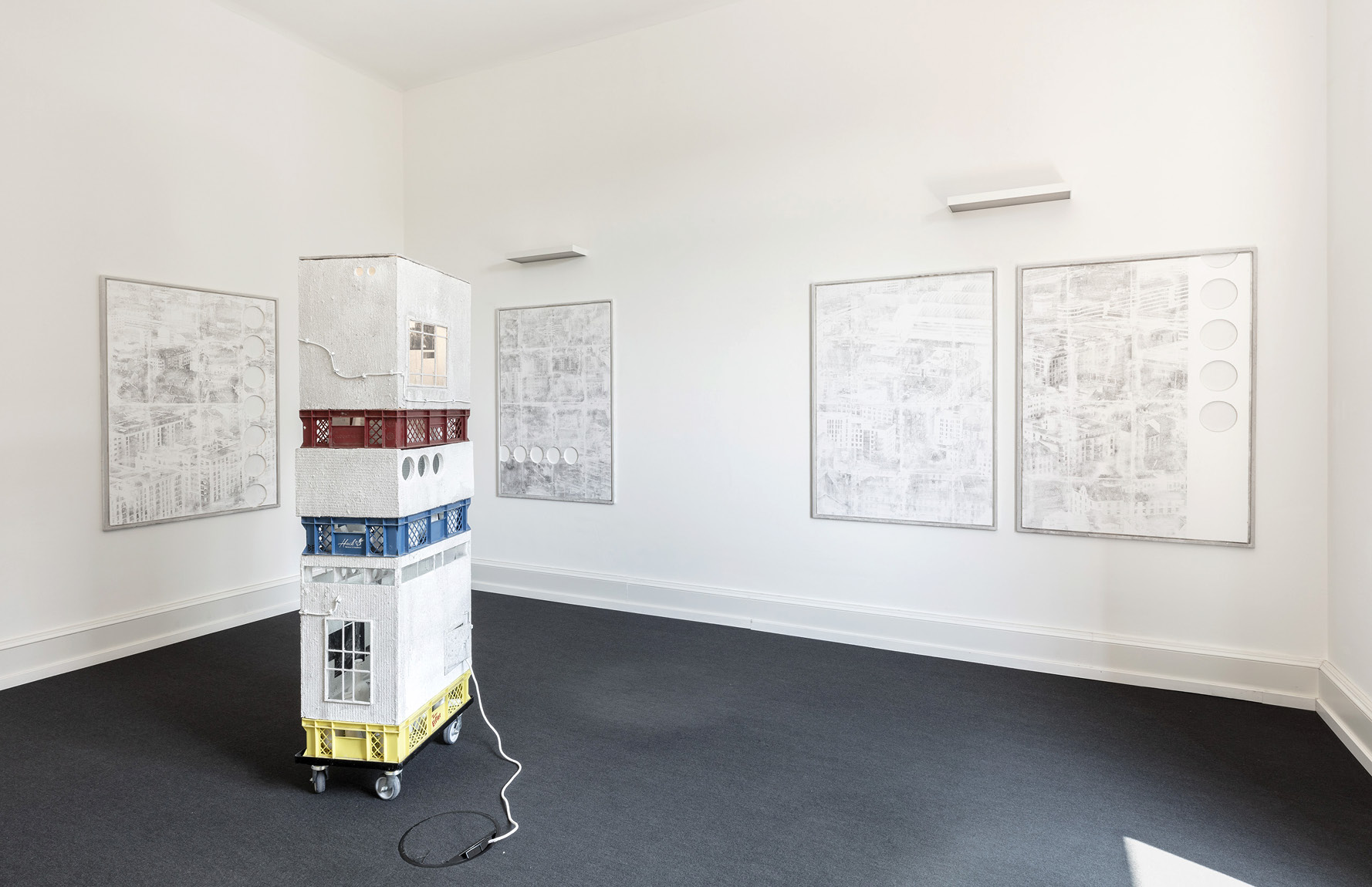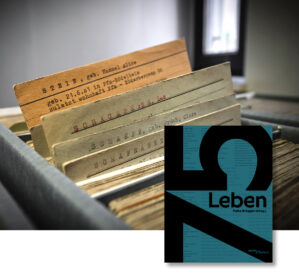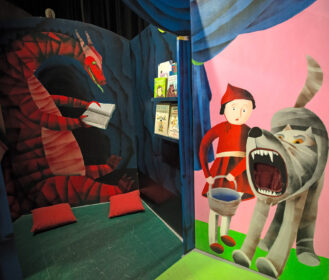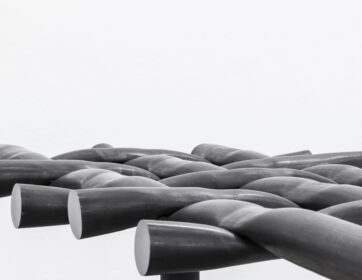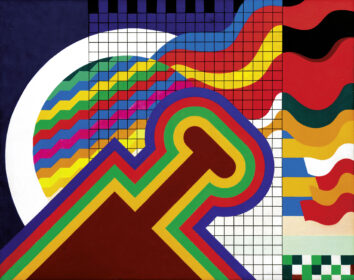Scholarship student
Béla Feldberg
Béla Feldberg was born in Frankfurt in 1992. He graduated from the Städelschule in 2022 as a master student of Tobias Rehberger and Cyprien Gaillard. The starting point of his work is urban space and the conflicts that define it. His observations always include reflections on identity and participation in the social construct of the city. Feldberg’s work encompasses installation, photography, and sculpture, with references to architecture, pop culture and his own biography.
Pujan Karambeigi is a PhD candidate in art history at Columbia University, New York. His research focuses on the bureaucratization of painting in the mid-20th century. He co-founded the magazine Downtown Critic and his writing has been published in Texte zur Kunst, Artforum, Art in America, and Mousse, among others.
—–
Pujan Karambeigi: Part of your 2022 exhibition at the 1822 Forum was the publication “Notes.” As a reader, one is confronted with coarse-grained photographs that show a deserted, sealed-off, empty Frankfurt riddled with holes, whose only inhabitants appear to be pigeons. At times, the castle and chain motifs come off as ironic. Other photographs are bleak, particularly the barricaded houses, or the spikes warding off pigeons. Here and there, the full-page photographs are flanked by short personal reminiscences. Can you tell us something about this approach to Frankfurt?
Béla Feldberg: For the photos, I went down the routes I had a certain connection to. I grew up in Frankfurt, and seeing certain places again allowed me to understand how the cityscape has changed. One example is the neighborhood I grew up in: I spent most of my childhood in the east of Frankfurt. Since the opening of the European Central Bank in 2015, this neighborhood has changed dramatically.Taking photographs has helped me understand how such places have shaped me. It was impossible to avoid a certain sentimentality and nostalgia in the imagery. I am interested in the different emotional states that arise between me as an individual and a big city. And I explore how those states can be transferred to the viewer. And then there was the print, coarsely rasterized: this distilled the motifs to the true essentials, and made them more difficult to place in time.
PK: You arrived in New York on a scholarship from the Hessian Cultural Foundation without ever having spent any time there. How did you make this foreign metropolis your own?
BF: I started to explore large parts of the city on foot. I would choose a specific starting point, such as a building, a neighborhood, or a public sculpture. I then let myself drift from there. In other words, I observed, walked around, and took photographic notes.
At the same time, I studied the history of the city to better understand what I was seeing. For example, Robert Moses’ idea of New York and the countermovement to his urban planning led by Jane Jacobs. And then I watched a lot of films again that were in some way about New York, because you know this city in a very strange way even before you’ve ever been there. So the first step was to compare my illusion of this city with its reality.
My photographic notes help me with this. I usually start intuitively, with moments in the cityscape, because they contain something that I have seen before. This approach arises a little from the panic of missing something. At the beginning, these notes remain relatively unorganized, and I collect as many impressions as possible. At a later stage, when I work on a publication or an exhibition, I return to the archive of these notes. During this process the photos change: They come to stand for a larger complex of ideas. The time and distance help me understand the impulsive in retrospect.
PK: Before you left, you showed a series of prints that explore the question of perspective. The urban space is visible from a bird’s-eye view, as if one was floating away in a helicopter, with the grid of the A4 templates visible. The series has a strong graphic quality and plays with the notion of scale. You continued this work in New York, but now with a slight green tint. Can you tell us a bit about this work and how you transferred your approach from Frankfurt to New York?
BF: Before my departure, I photographed in black and white a lot, using 35mm film. The transfer printing process, which is prone to losses, creates a certain degree of abstraction. This method makes it more difficult to place the motif in time.
Since arriving in New York, I have switched to working entirely digitally and in color, also to reflect my perspective on the present. Of course, how I perceive New York is still influenced by studying media and pop culture. The prints created in New York attempt to explore this distortion.
The perspective of the “oblique aerial view” is one I am familiar with primarily from an architectural context. This perspective shows the building in its urban environment and from as many sides as simultaneously possible. While I didn’t always follow the rules to the letter, I did find the angle intriguing when combined with the relative static printing process. I am interested in the composition and the depth that it creates, because it allows me to zoom in and out. Breaking up the dimensions of a bird’s eye view into a close-up can create something model-like. This shift in scale plays an important role in my sculptural works.
PK: In your work, objects often function as indications of history and its conflicts. At the same time, you have worked a lot with found materials in New York City. Can you describe how you select objects, what you look for, what attracts you?
BF: In part, it is the classic sculptural qualities that interest me when it comes to these materials. On the other hand, chains of association play an important role. An air conditioning system can stand for the connection between indoor and outdoor space. But it can also represent cultural differences, such as those between Europe and America. Sometimes I collect simple objects in a similar way to my photographic notes. If something is small enough, I take it. If it’s too big, I photograph it.
Also, the streets of New York are an endless source of material. By using materials such as acrylic glass, plywood, and metal, the resulting works automatically become something of a portrait of the city.
The starting points for a series of new sculptures were static objects in the cityscape that direct the movement of people. I am interested in this strange interaction between passivity and activity, statics and dynamics, physical material and human energy. And even if you know these objects from other cities, there are significant differences in their design. In the Financial District, in particular, these objects are ingeniously placed so that their modern or postmodern design hardly catches the eye.
PK: After having spent almost a year in New York, what do you think you will miss the most when you return to Germany?
BF: The feeling of being in a city that is very much at ease with its own chaos. It’s clear that the dynamics of the city cannot be neatly ordered. It’s a controlled chaos.
